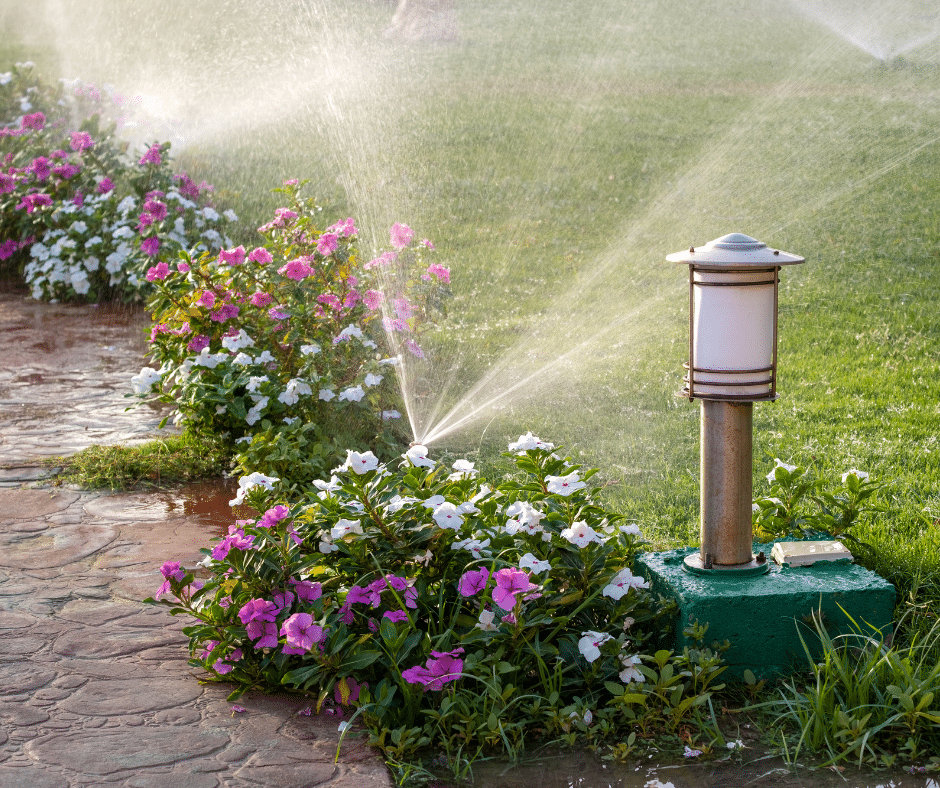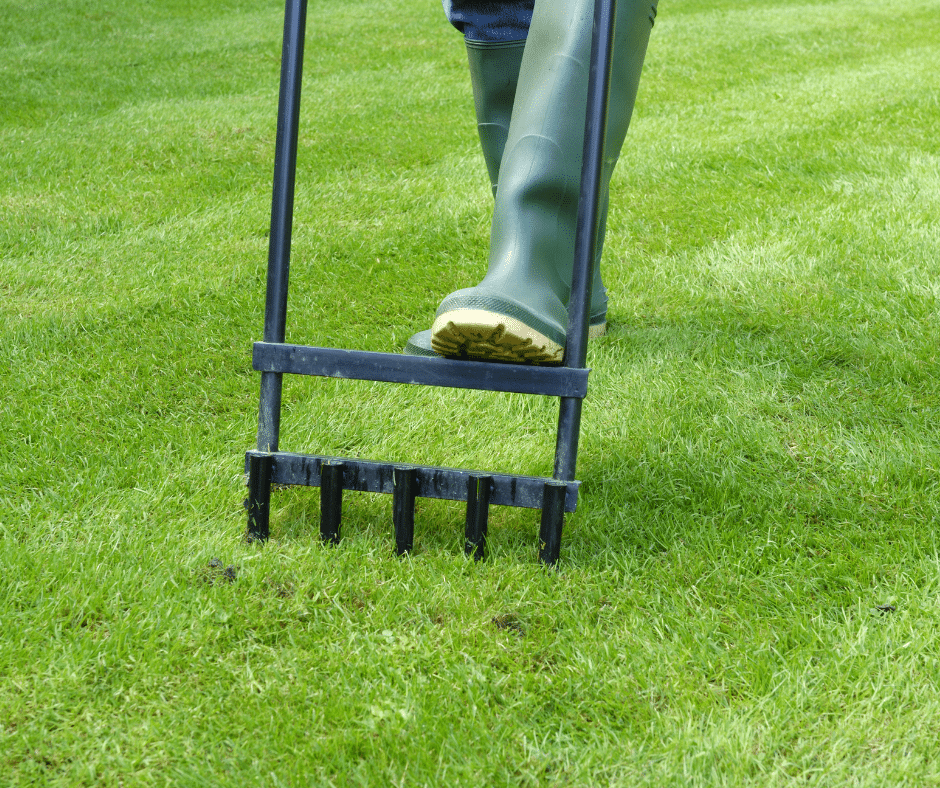
Spring is the prime time to set your lawn up for success. Proper care of your lawn in the early spring months will lead to lush grass and a brilliant green landscape as the season progresses into summer. These lawn care tips will help you care for your lawn properly, getting great results for months to come.
Rake the Lawn
Wait for a dry day after the spring thaw when the soil isn’t muddy or soft to give your lawn a good raking. Raking helps remove the layer of leaves and dead grass known as thatch. Thatch builds upon the soil and prevents water, air, and sunlight from reaching your grass effectively. Use a spring-tine rake to lift the thatch effectively without tearing up your lawn.
Test the pH
Most lawns do best with a pH between 5.8 and 7.2. You can use a soil test kit to determine the pH in your yard. If the soil is too acidic, you’re likely to struggle with weeds, pests, and diseases. You can lower the acidity level by applying lime to the lawn. Spring is the best time for this application. Getting your lawn’s pH in a healthy range will prepare you for a successful growing season.
Aerate Compacted Soil

Aerating the lawn is the process of poking small holes into the ground to alleviate compacted soil. If you have clay soil or aggressive grasses like Bermuda grass or Kentucky bluegrass, you should probably aerate your lawn annually. If you’re unsure whether your lawn needs to be aerated, try sticking a screwdriver in the ground. Resistance means the soil is compacted, and you should aerate this spring. Spike aerators are the easiest to use and even come in the form of sandals so you can improve your lawn as you take a stroll.
Water at the Right Time
Spring showers may provide ample water for your lawn, so it’s important to be mindful of when you apply additional moisture to your yard. When grass first starts to grow, it begins at the roots. Grass that has to seek moisture deeper in the ground will develop stronger roots that ultimately create a healthier lawn. Your yard doesn’t need additional water unless the grass fails to spring back when you walk across it. Water before 10 a.m. on warm days to avoid evaporation.
Get a Grip on Weeds
Use a pre-emergent herbicide in any area where crabgrass is a problem. This will keep the crabgrass from germinating and competing with your desired grasses. A post-emergent herbicide is best in warm-season lawns where you’re battling annual winter weeds. Always follow the product’s directions regarding the best timing for an herbicide application.
For a professional touch that goes beyond these lawn care tips, turn to a reliable landscape company. Clients First Landscape Solutions offers residential and commercial landscaping services to help you gain a lush, green space.